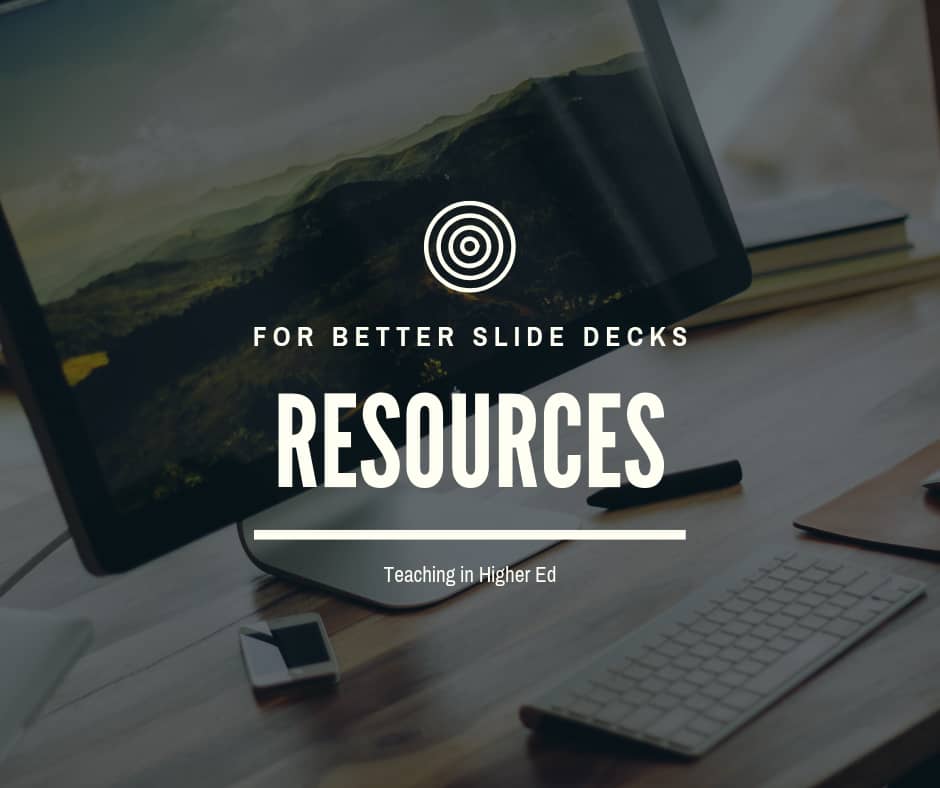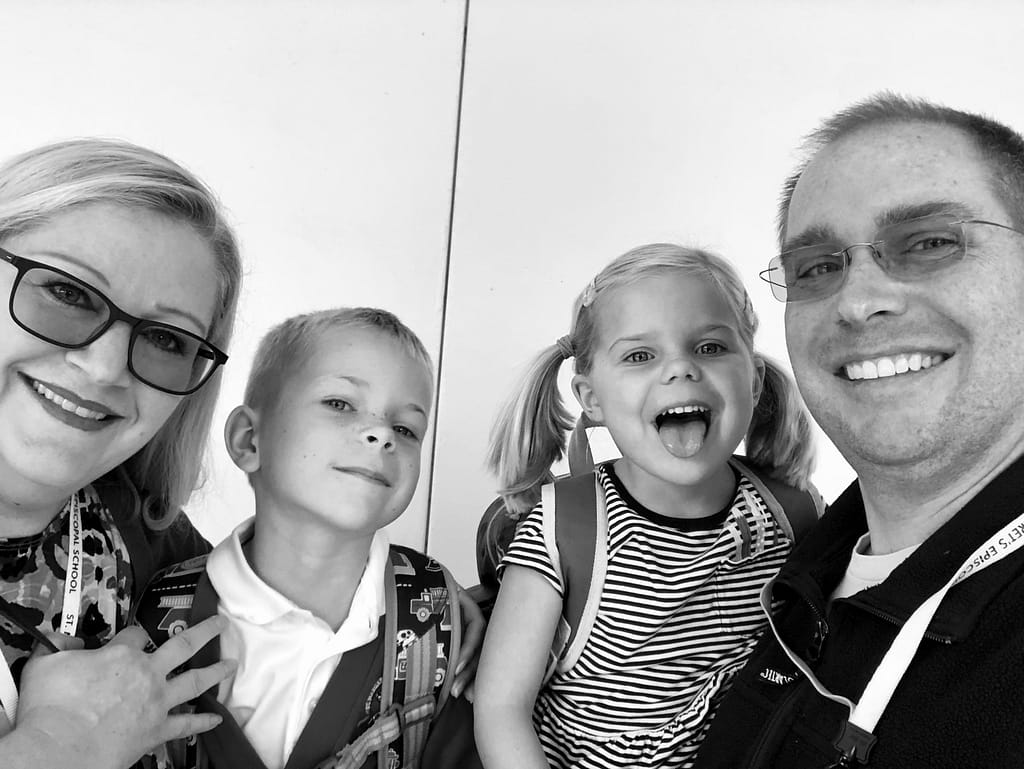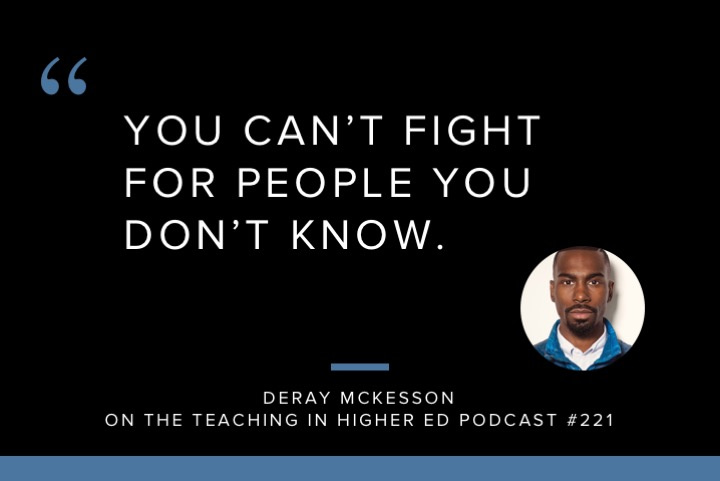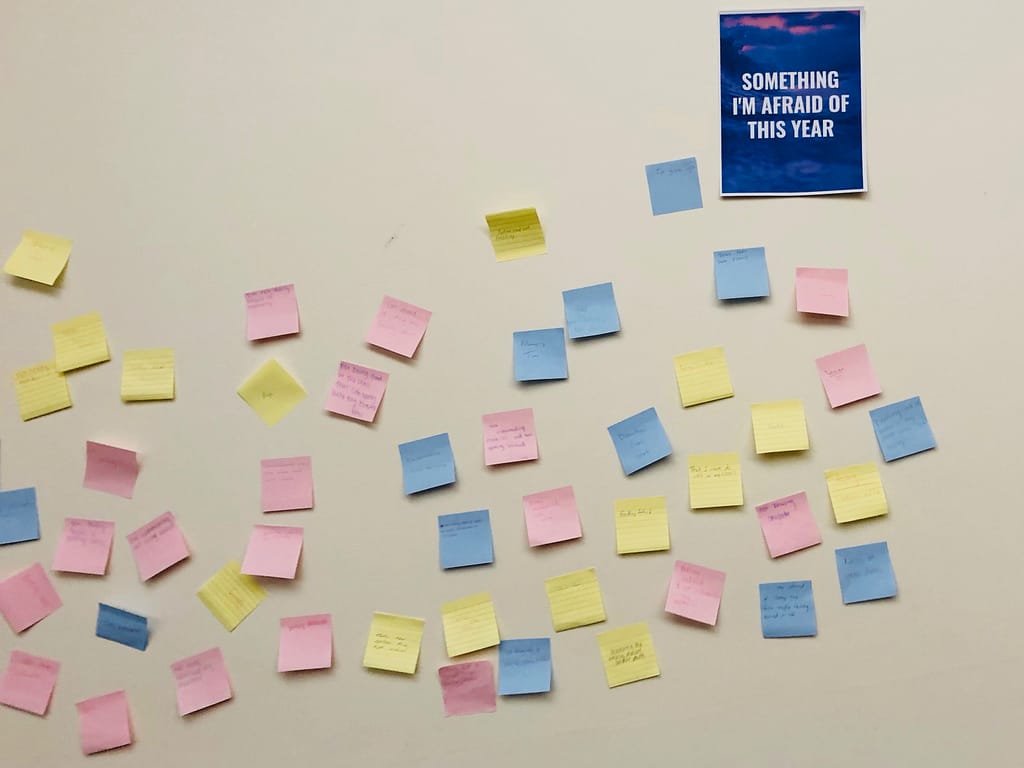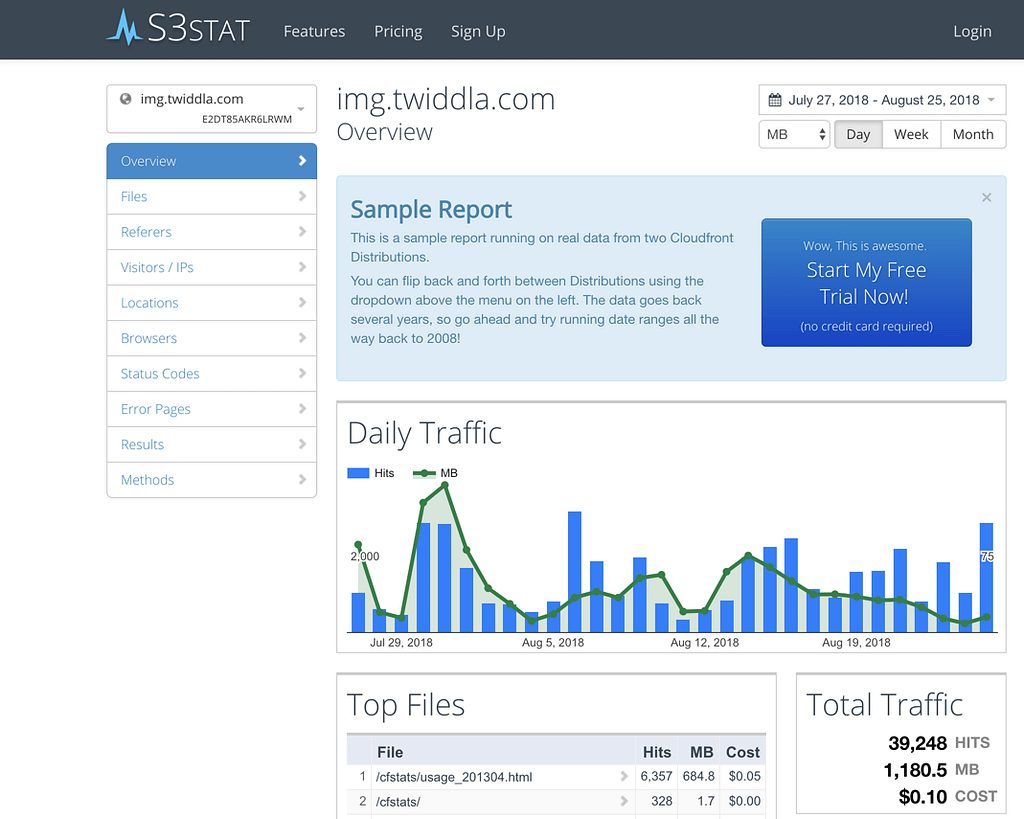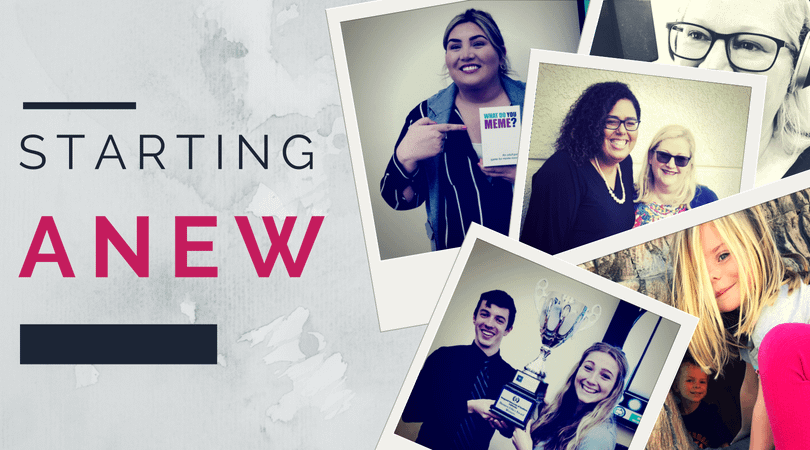
We need to grab every opportunity to celebrate these days. September 30 has been deemed International Podcast Day by whoever it is that determines such things.
I have written before about the transformative power of podcasts and am excited to share more about how to do International Podcast Day right.
Here are five ways to celebrate.
Listen to Podcasts
What better way to enjoy International Podcast Day than to listen to an episode or two, or three, or 40?
- My 2018 list of favorite podcasts
- My 2017 list of favorite podcasts
- Bryan Alexander’s 2017 list of favorite podcasts
- Top 13 Teaching in Higher Ed podcast episodes in 2017
Laura Pasquini has been curating quite a list of higher education podcasts since 2017. Learn more about her project and how to contribute a podcast to the list on the Higher Ed Podcasts site.
Help a Friend Discover Podcasts
There are still people who don’t realize how easy it is to listen to a podcast. People who use iOS (have an iPhone) likely already have a built-in podcast app on their phone without even knowing it is there. For Android users, finding a podcast app is just a couple of taps away.
Ira Glass and his late friend, Mary Ahearn demonstrate the simplicity of podcast listening in this delightful video.
Yes, you can listen to a podcast right from your computer via your web browser, but I find it so freeing to know I can take them with me wherever I go.
Instead of using the built-in Apple Podcast app, my preferred podcast catcher for years now has been Overcast, on iPhone, iPad, and Apple Watch.
Support a Podcaster
I’ve gathered a few different ways you can support Teaching in Higher Ed, which would apply to really almost any podcast you might want to support. We make a small amount on purchases you make from Amazon of books that are recommended on the podcast. It isn’t going to fund our retirement anytime soon but does sometimes take care of our podcast hosting costs on a given month.
Use Podcasts in Your Teaching
I get asked often about how to start a podcast. Much of the time, I try to talk people out of this step. Instead, I suggest starting by using already-created podcasts in one’s teaching and leveraging the broader podcasting community’s collective content.
If you are going to play a podcast in a class, I suggest finding one that is around 15 minutes or less. In those cases when I am unsuccessful at that, I typically schedule to have my class outside on that day and encourage us to get moving while we listen. We are fortunate to have our campus located right by Newport’s Back Bay, where there are beautiful flora and fauna to take in as we listen.
If you are able to locate an episode that is 15 minutes or less, see if there’s a spot within the audio where you can pause it and ask the students to respond in some way.
I like to use episodes of Planet Money, which always have such engaging story arcs to them. About halfway through, I pause the recording and ask my students to predict what happened next, or talk about what advice they would have for the individuals being discussed in the episode.
Your Turn
How will you be celebrating International Podcast Day? In what ways do you use podcasts in your teaching?


